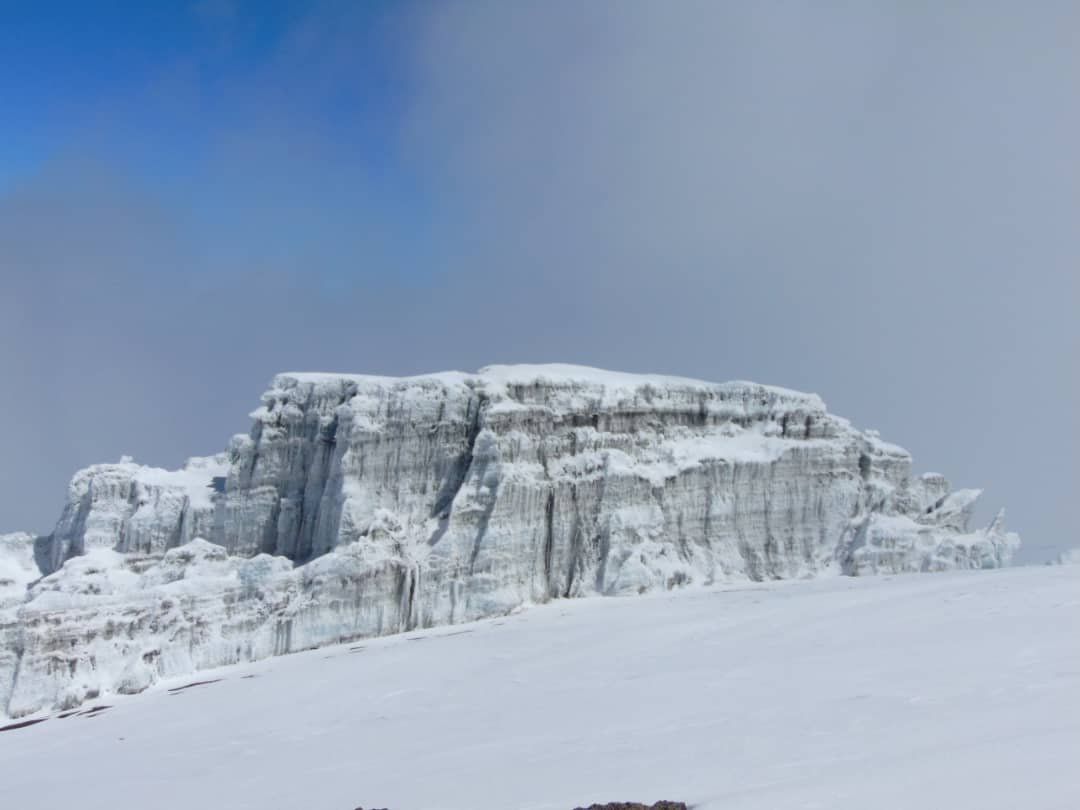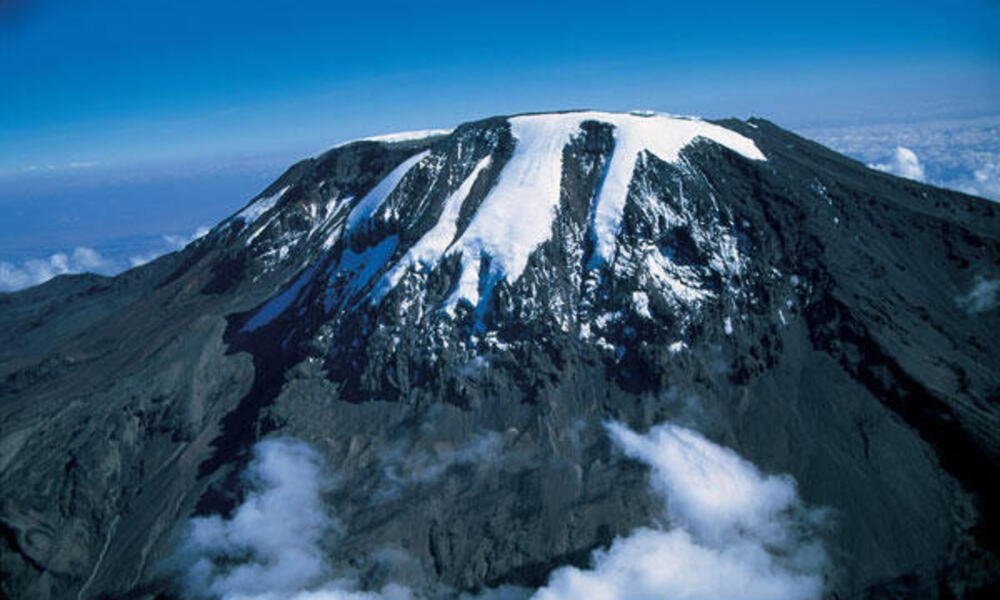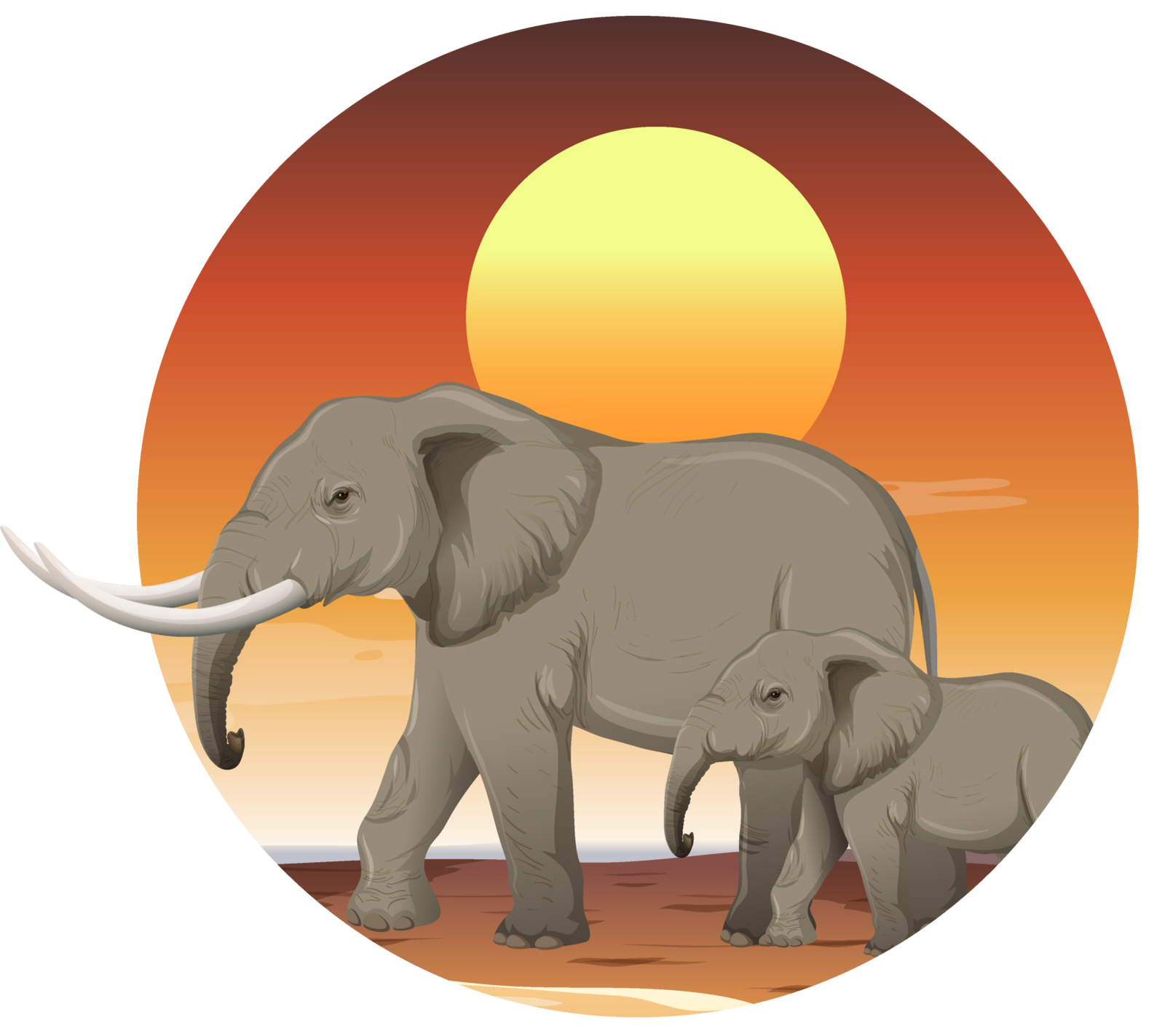Information about Climbing Kilimanjaro
Here you will find information about Kilimanjaro, advice on the best periods to climb Kilimanjaro, and how to prepare and what to pack. Mount Kilimanjaro is a mountain range in the region of the same name in northeastern Tanzania. The massif consists of three contiguous stratovolcanoes that formed between 2.5 million and 150,000 years ago: the Shira, the Mawenzi, and the Kibo. The Shira is the oldest of these three.

